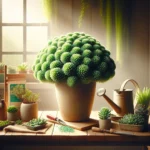Introduction to Crassula Cephalophora
Delve into the captivating world of Crassula Cephalophora, a jewel among succulents. Discover its origin, unique characteristics, and why it captivates plant enthusiasts around the globe.
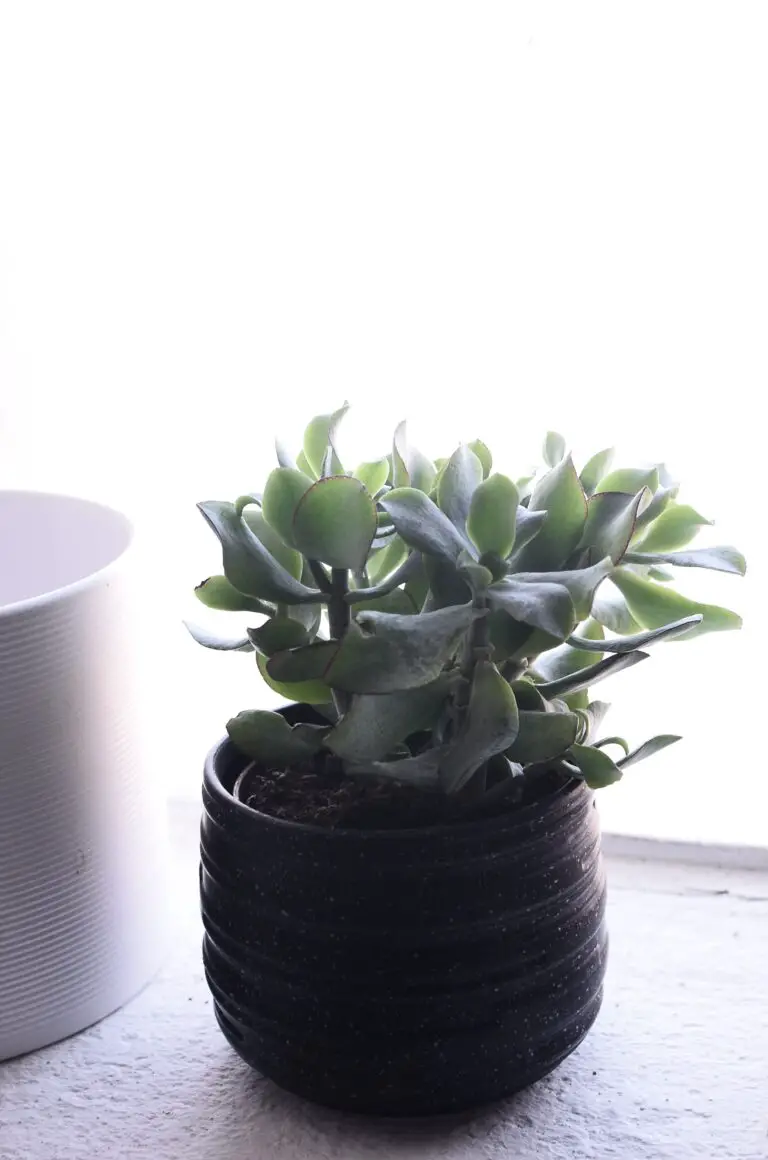
This charming succulent, with its plush green foliage and intriguing staying power, has garnished the admiration of botanists and hobbyists alike. It’s not just a pretty face; this plant is a testament to resilience and adaptability—thriving in environments that would challenge less hardy species. Picture this: a cluster of Crassula Cephalophora basking in the sunlight on a cozy windowsill, each leaf a testament to nature’s artistry.
Learning to care for Crassula Cephalophora is an enjoyable venture for green thumbs. Whether you’re a seasoned gardener or a curious newcomer, the satisfaction of nurturing such a delightful specimen is undeniable. The plant’s proclivity for warm, bright settings makes it a seamless addition to any sun-kissed room, where it introduces a splash of living green to your daily life.
The Distinctive Appearance of Crassula Cephalophora
Imagine a gem nestled in your indoor garden, its leaves glistening with a unique radiance that captures the gaze of every onlooker. That gem, dear plant lovers, is none other than Crassula cephalophora. With a charm that both seasoned collectors and novices admire, this succulent brings a touch of elegance and intrigue to any space.
Easily recognized by its distinctive leaf structure, Crassula cephalophora proudly displays a mosaic of tightly stacked leaves that resemble pagoda rooftops. These luscious green scales are a marvel of symmetry and design, often tipped with a blush of red or purple that intensifies with the kiss of sunlight. It’s not just a plant; it’s a living sculpture that evolves and deepens in color with each season, offering a dynamic visual performance year-round.
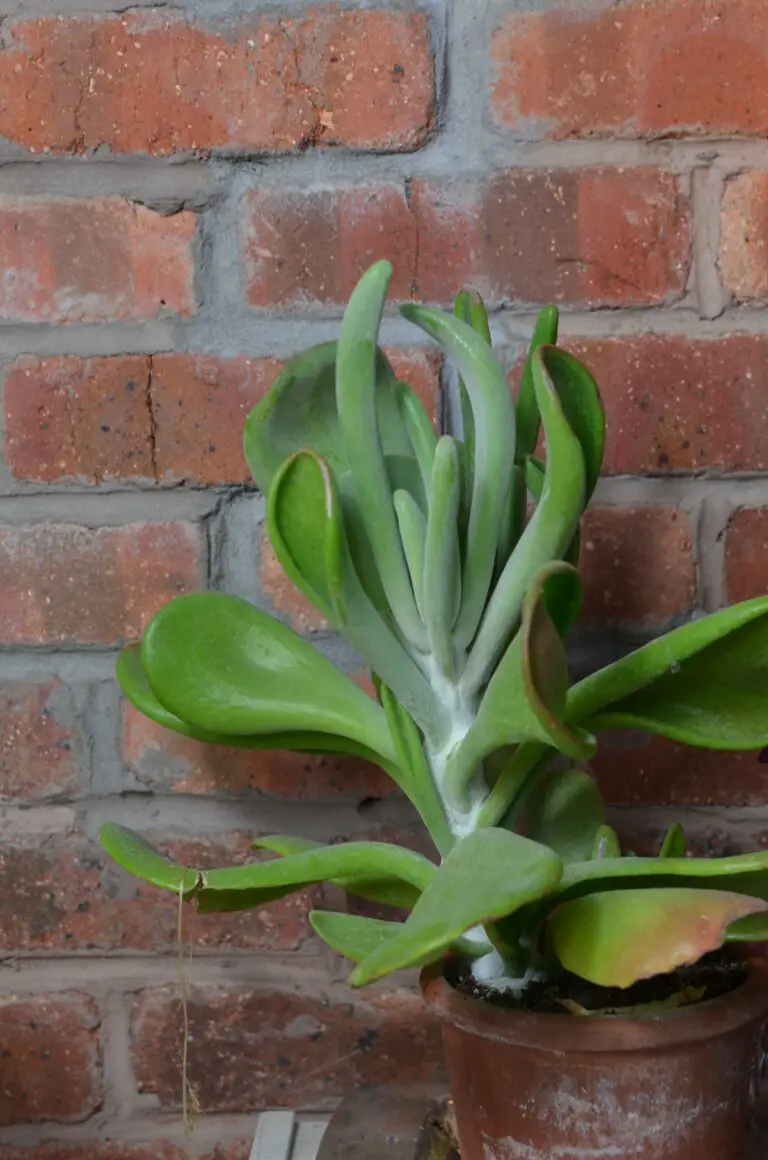
The true beauty of Crassula cephalophora lies in its coloration. Under the right conditions, the leaves can develop an almost iridescent quality that appears to shimmer with pearlescent hues. Picture the palette of an early morning sky painted across each leaf — a sight to behold! As sunlight filters through, the plant’s overall aesthetic appeal is amplified, turning it into a centerpiece that demands attention.
For those who wish to delve deeper into the enchanting world of this succulent, it’s not just about appreciation, it’s about understanding the seamless blend of form and function that nature has perfected. A captivating read on Crassula cephalophora care reveals the minimal demands these robust plants have, further solidifying their status as a horticultural jewel.
In essence, Crassula cephalophora doesn’t just stand out for its growth habit or striking appearance; it is a testament to the awe-inspiring diversity of the succulent world. As you peer into the layers upon layers of dense foliage, you are reminded that the most extraordinary wonders often come in the most compact of forms. Each leaf, a story; each color, a chapter in the life of this fascinating plant.
Optimal Growth Conditions for a Flourishing Plant
Crassula Cephalophora, often hailed as a jewel among plant aficionados, is a specimen that demands precise care to truly thrive. To witness your own green gem prosper, it’s essential to tailor its environment to mimic the natural habitat as closely as possible. One can’t help but recall a friend who, despite limited gardening space in an urban apartment, has created a tiny oasis for her Crassula Cephalophora, ensuring it receives the royal treatment it deserves. Let’s dive into the specifics of what your Crassula Cephalophora needs to flourish.
Sunlight: A Beaming Basis for Vitality
The radiant beams of sunlight are the catalyst for your plant’s verdant vibrancy. Crassula Cephalophora is partial to bright, indirect light, which echoes the dappled sunlight of its native South African cliffs. Much like an artist who strategically positions a canvas to capture the perfect light, you too should find that sweet spot in your home where bright light bathes the plant without scorching its delicate leaves.
Temperature: Balmy Breezes to Brisk Evenings
Tuning into the right temperature range is akin to setting the mood music for plant growth. Ideally, Crassula Cephalophora basks in the comfort of a temperature between 65-75°F (18-24°C) during the day. Once night falls, it can handle a slight chill, reminiscent of its origin’s cool African nights. Think of it as the plant’s version of enjoying a cozy blanket in the evening breeze.
Ideal Soil Mix: The Foundation of Flourishment
The soil mix underpins the success of any plant’s journey, much like a well-aged cheese complements a fine wine. For Crassula Cephalophora, think well-draining, nutrient-rich, and slightly acidic to neutral pH. A mixture of potting soil, coarse sand, and perlite creates the perfect concoction. This trio harmoniously holds moisture and nutrients while allowing excess water to drain away swiftly — preventing dreaded root rot. Our guide on succulent soil provides all the details for the ideal mix.
Adhering to these guidelines will ensure your Crassula Cephalophora is not just surviving but thriving with vibrance and vigor. Take joy in the process, as you watch the sunlight dance on its leaves and feel the satisfaction of cultivating a happy, healthy Crassula.
Watering and Feeding: Sustenance for Success
Nurture your Crassula Cephalophora like a pro, and it will grace you with its distinctive charm. This little green marvel thrives on just the right balance of hydration and nourishment. Watering should be infrequent yet thorough. Imagine the natural arid habitats of these plants—rain is scarce, but when it comes, it pours. Mimic these conditions by allowing the soil to dry completely between waterings, then saturate deeply to encourage robust root health.
When it comes to feeding, ‘less is more’ is the mantra for this succulent. Overzealous fertilizing can lead to lackluster growth, much like adding too much sugar to your morning coffee can ruin the perfect brew. Use a balanced, water-soluble plant food at a quarter of the recommended strength, every other month during the growing season. This light touch will maintain the vibrant vitality of your Crassula’s foliage—a true gem sitting atop its sturdy stalk.
If anecdote is the cloak of knowledge, let’s drape your Crassula Cephalophora care in stories. Picture this: A plant enthusiast once recounted how their over-enthusiastic watering led to a soft, limp succulent. It was only when they adapted to a more desert-like watering regime that their plant perked up, truly embodying the ‘survive and thrive’ essence of succulents. Let this be a leafy parable guiding your irrigation endeavors.
Feast your eyes on best practices in action with this insightful video, which illustrates the delicate dance of watering and fertilizing these succulent jewels.
The Art of Propagation: Multiplying Your Crassula
Imagine a lush corner of your home, vibrant with the green shades of Crassula Cephalophora, thriving quietly, flourishing under your tender care. Now, imagine if you could multiply that beauty – easily and effectively. Let’s dive into the art of propagation, and turn that imagination into reality.
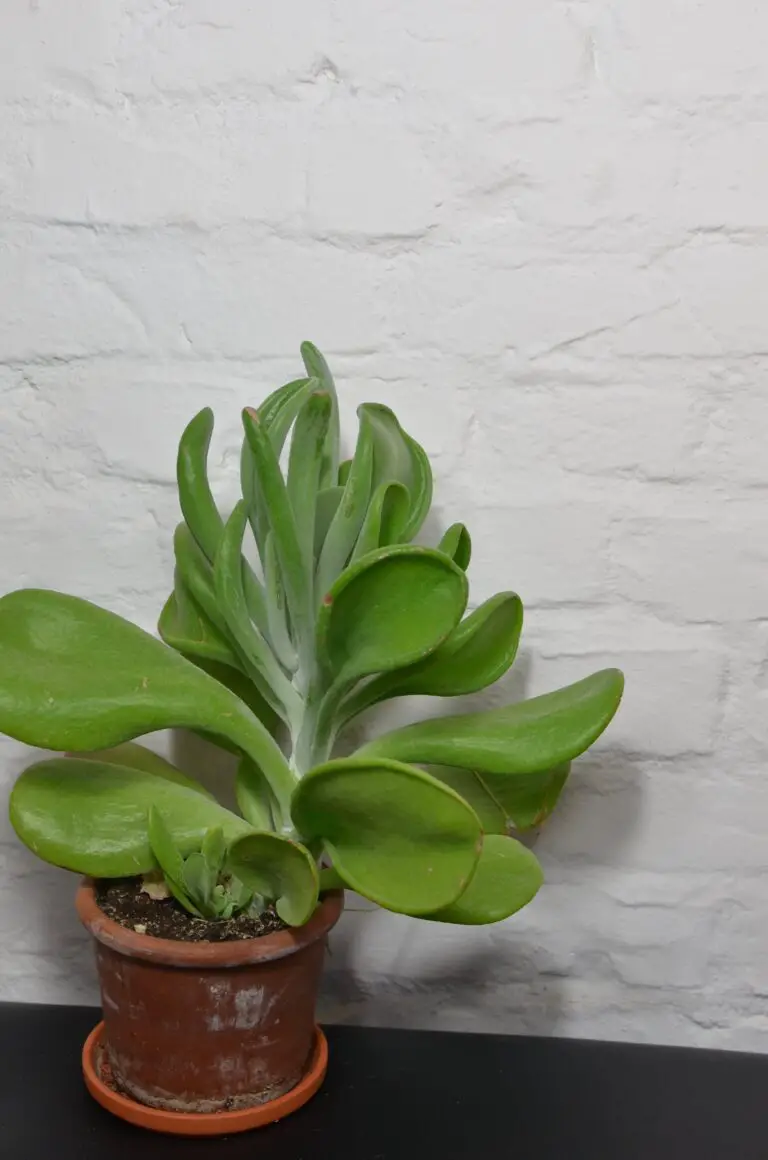
Propagation is not just sticking a leaf in soil and hoping for the best; it’s about understanding the delicate dance between patience, precision, and care. In the case of Crassula Cephalophora, propagation through leaves and cuttings is a simple yet fulfilling process, allowing you to nurture a new generation of these striking plants.
Leaf Propagation: A Patient Pursuit
Begin your propagation journey by gently twisting a healthy leaf from the mother plant. Place the leaf on well-draining soil and mist it lightly. It won’t happen overnight, but in time, you’ll witness the emergence of tiny roots, followed by miniature versions of the beloved Crassula, right before your eyes. The leaf, having played its part, will wither away, leaving a self-sufficient young plant in its stead.
Stem Cuttings: Speeding Up the Process
For those eager to see growth at a swifter pace, stem cuttings are your go-to method. Snip a healthy stem, let it callous for a day or two, and then plant it into the soil. With this approach, you’re not just waiting for new plants to emerge; you’re giving them a head start with an already developed stem— a true embodiment of efficiency in propagation.
It’s crucial to remember – whether you’re starting with a leaf or a stem, always use a sharp, sterilized knife or scissors. This will ensure a clean cut and prevent any potential damage to both the offspring and the parent plant, safeguarding your efforts and ensuring the continuity of your Crassula collection.
In the grand tapestry of gardening, propagation is a thread that weaves new life. By mastering the art of propagation with your Crassula Cephalophora, you ensure that the beauty of these plants is not confined to a single pot, but expands, multiplies, and brings green joy to every corner of your surroundings.
Common Pests and Problems: Safeguarding Your Crassula Cephalophora
Imagine your Crassula Cephalophora as a shining gem in your succulent collection, and just like a precious stone, it needs a vigilant guard against the sneaky pests and issues that threaten its sparkle. Let’s gear up to protect your green jewel!
Battling the Usual Suspects: Troublesome Pests
They’re tiny, they’re crafty, and they’re after your Crassula Cephalophora. Mealybugs, resembling little cotton warriors, can launch a stealthy assault, sapping the life out of your plant’s leaves. Spider mites, the vampires of the arachnid world, spin their fine webs while feasting on the plant juices. Not on our watch! Regularly inspecting the nooks and crannies of your Crassula for these critters is your first line of defense.
When these pests make an unwanted appearance, it’s time to take action. A soft cloth dipped in alcohol can send mealybugs packing, while a mild soap and water solution can wash those spider mites away to oblivion. For a natural approach, invite ladybugs to your garden – they’re not just pretty, they’re voracious predators that love to dine on these common pests.
Preventing Problems Before They Begin
As warriors say, the best offense is a good defense. Keeping your Crassula Cephalophora healthy is the key to preventing pest invasions. Ensure it’s planted in well-draining soil, the crown jewel for any succulent throne, and give it the right amount of sunlight – a mix of shade and sun, much like a sunbather protecting their skin with a high SPF sunscreen.
Overwatering is like sending an open invitation to fungal infections. Your Crassula’s roots don’t enjoy a swim, so let the soil dry out between watering sessions. Be vigilant about the signs of overwatering, such as soft, yellowing leaves, which scream for a change in your watering routine.
Remember, even the most regal of Crassula Cephalophora can succumb to stress if conditions aren’t just right. But with these preventive strategies in place, your plant will stand strong against the tide of pests and ailments.
No video content available on Crassula Cephalophora pests at the moment.
Styling with Crassula Cephalophora: Decor Tips and Tricks
When it comes to sprucing up your living space, Crassula Cephalophora isn’t just a plant—it’s a statement piece. This succulent, with its unique charm and robust physique, is crying out for a spot in your home that will make both plant and viewer sigh with delight. Let’s wander through some ingenious ideas for integrating this horticultural gem into your decor!
Choosing the Perfect Throne: Containers that Complement
Imagine tucking your Crassula Cephalophora into an antique brass pot alongside an old stack of books on a mahogany shelf. The contrast of textures and eras breathes new life into both the plant and the room. Or picture a minimalist vibe with a sleek ceramic cylinder in matte black—now that’s a modern twist! It’s not just about the plant, but how its vessel makes an unspoken pact with the surrounding elements to create a symphony of style.
Building a Scene: Setting the Stage for Your Green Jewel
Ever thought of pairing your Crassula Cephalophora with a companion? A well-appointed terrarium can become a microcosm of intrigue with our succulent friend playing the starring role. Let’s not forget textures! Surround it with softer, feathery greens or add stones and moss for a touch of the enchanted forest. Each addition is a brushstroke in your living masterpiece.
And let’s talk positioning—finding the perfect locus is key. Placing your Crassula on a floating shelf near a window, allows it to bask in the morning light and share its beauty with every passerby. The sun, acting as the ultimate spotlight, reveals the plant’s every stunning detail.
Video Inspiration: Bringing Your Decor Vision to Life
Of course, seeing is believing. Let’s take a visual journey to inspire your Crassula-scaping adventures. The video below showcases the art of selecting just the right pots, ornaments, and companions for your succulent treasures.
In the wild canvas of home décor, Crassula Cephalophora offers a versatility that can both adapt to and elevate any style. Will it be the centerpiece of a rustic tableau or the understated chic accent in a modern setting? Either way, it’s not just about placing a plant; it’s about crafting an experience, a visual dialogue between nature and your personal aesthetic. Go ahead, get creative and let your Crassula be the harbinger of style!
Conservation and Rarity: The Eco-responsibility of Growing Crassula Cephalophora
When it comes to plant conservation, few species capture the heart of eco-conscious enthusiasts quite like the delightful Crassula Cephalophora. As jewel-like as it is scarce, embarking on the cultivation of this succulent is not just about adding a striking green presence to your space; it’s a gesture of environmental stewardship.
The Crassula Cephalophora is known for its unique appearance, with a rosette of thick, paddle-shaped leaves adorned with a fuzzy texture. This charming characteristic, however, is also a beacon of its rarity in the wild. With habitable spaces decreasing due to human activities, the plant’s conservation status has raised concerns among botanists and plant lovers alike.
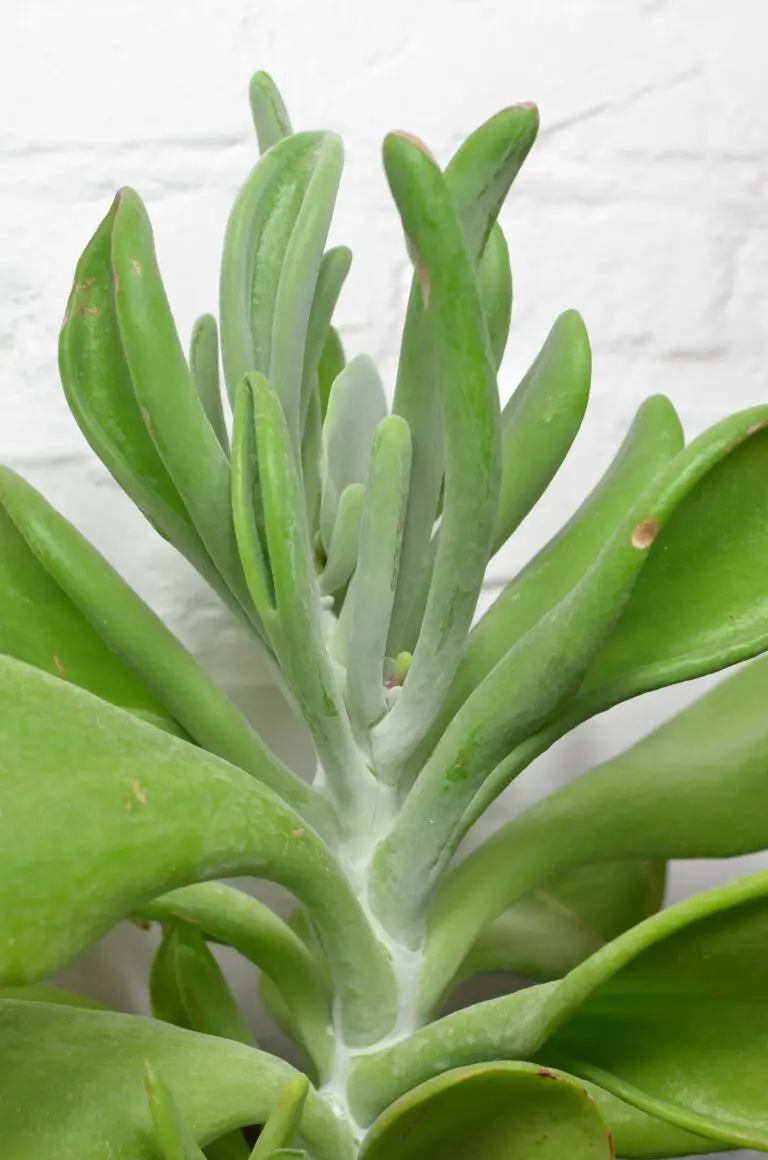
Imagine walking into a friend’s home and being greeted by the luscious green rosettes of Crassula Cephalophora, elegantly potted and thriving. This scene embodies the success of responsible cultivation practices. But why is this important? The answer lies in the concept of ‘ex-situ conservation’. By growing this species outside its natural habitat, each plant enthusiast acts as a guardian, ensuring the survival of the species amid the rampant habitat loss.
Let’s take a moment to consider the role of the amateur botanist in this grand scheme. With seeds or cuttings ethically sourced, plant parents around the world are developing miniature sanctuaries in their own homes. Each pot of Crassula Cephalophora is a micro-habitat, a shield against extinction. Through conscious cultivation—free from wild harvesting—we allow these plants to flourish while minimizing our ecological footprint.
The eco-responsibility of growing Crassula Cephalophora also touches on the broader conversation about sustainable horticulture. It’s a dialogue where water conservation meets the right choice of soil, where the understanding of light requirements intertwines with the avoidance of chemical pesticides. Every decision made in the care of this rare succulent echoes the principles of environmental ethics.
Partners in Preservation
Among the community of green thumbs, a new trend is emerging—plant swap events. In these gatherings, clippings of Crassula Cephalophora are exchanged, deepening the roots of conservation efforts. Real-life examples span the globe, from urban balconies in New York to rustic garden shelves in Tokyo, showcasing the solidarity of plant lovers in preserving biodiversity.
By fostering Crassula Cephalophora, we do more than nurture a plant; we participate in a larger movement to protect our planet’s precious flora. It’s a shared mission, a collective act of eco-responsibility, where each tiny succulent stands as a testament to the conservation ethos that connects us all.
Frequently Asked Questions
Hey there, green thumbs! Are you looking to unravel the mysteries surrounding Crassula Cephalophora? You’ve come to the right spot! Let’s dive into some of the most burning questions plant enthusiasts have about this succulent gem.
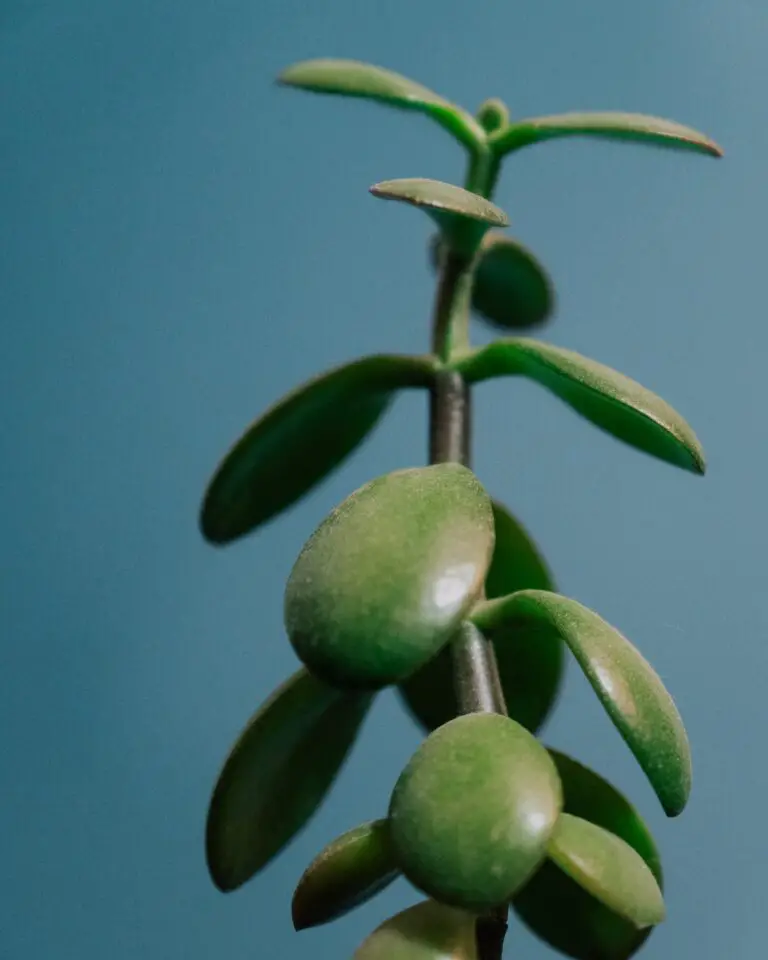
How Do I Keep My Crassula Cephalophora Thriving?
First and foremost, let’s talk about keeping your Crassula Cephalophora in tip-top shape. This succulent loves a sunny spot with indirect light, just like a morning sunbather. Watering? Think of it like a refreshing drink after a long day – enough to quench the thirst but not too much to cause a flood. Always check the soil first; it should feel like a wrung-out sponge — slightly damp.
Propagation: Making More Plant Babies 101
Ready to expand your succulent family? Propagation is like dealing out cards – you can spread the love easily. Just snip off a healthy leaf, let it callous over for a day or two, and then gently rest it atop some well-draining soil. Voila, with some patience and fairy dust (figuratively speaking), tiny roots and rosettes will appear!
Troubleshooting Tips for Common Cephalophora Conundrums
Ran into a hurdle? No worries, we’ve got the cheatsheet. If your Crassula Cephalophora starts throwing a fit with droopy leaves, take it as a cry for less water. Spots on the foliage? It’s likely throwing shade for too much direct sunlight. Listen to your plant’s pleas, and adjust your care routine as needed to keep it healthy and happy!
Remember, each Crassula Cephalophora is Unique!
Last but not least, remember that every plant, much like people, has its own personality. Some might revel in drier climates while others prefer a bit more humidity. It’s like finding the right coffee blend that hits the spot; it takes a little tweaking to get it just right. So, keep a keen eye and get to know your green buddy’s quirks and whims!



